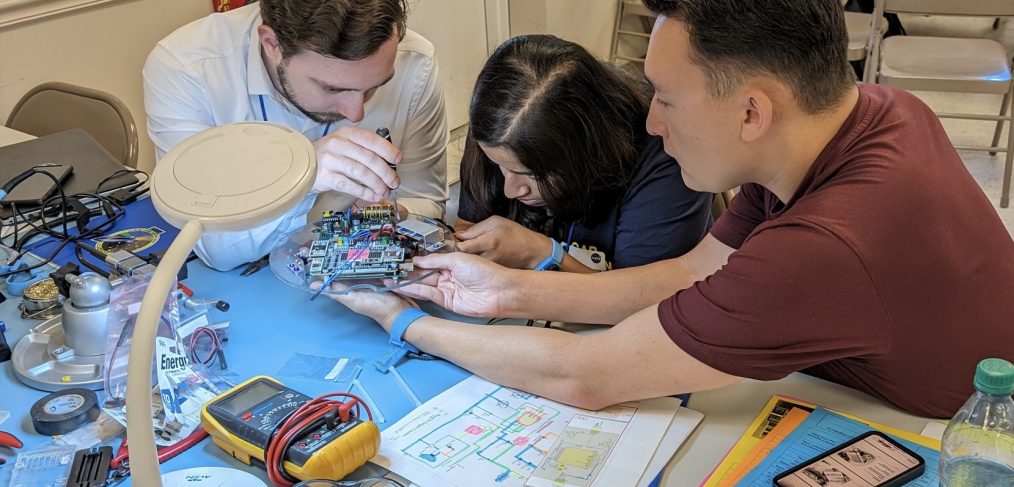Williamsport, Pa. — The Williamsport liberal arts school is the newest recipient of a NASA Space Grant.
The grant is providing new research internship opportunities for 15 Lycoming College astronomy and astrophysics students over the next five years. NASA provided $35,000 to the college, which was matched by Lycoming for a total investment of $70,000.
The support from NASA places Lycoming’s astronomy program among the likes of Carnegie Mellon and Lehigh University.
The National Space Grant program was launched in 1989 by NASA to connect with colleges and universities and expand opportunities for Americans to understand and participate in aeronautics and space projects. This includes supporting education, research, and public outreach.
“Thanks to the NASA Space Grant, we are able to engage students in research very early in their careers, which will be transformative to their college experience,” said Melissa Morris, assistant professor of astronomy and physics at Lycoming College. “Not only will they gain first-hand experience of what the actual scientific research process looks like, they will also gain knowledge and skills that they will carry with them for the rest of their careers, both at and beyond Lycoming College.”
Read the full article on northcentralpa.com. (Original Post Date: Nov. 14, 2024)
Author Credit:
Image Credit: NASA











